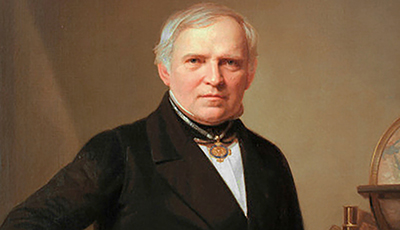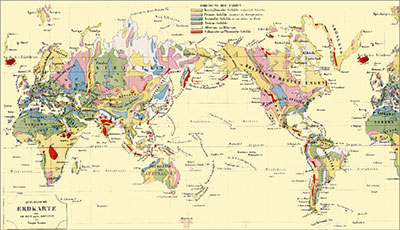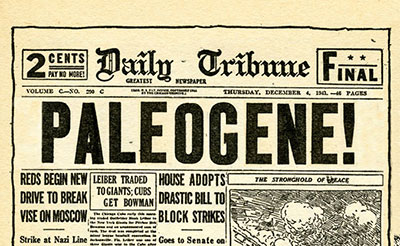The Gorrondatxe sea-cliff section, in Basque Country (Spain)


Publication of the volume “Stratotype Lutetian”, updated and in English
(1st edition published in 2008 in French):
Merle Didier (ed.) 2025. – Lutetian Stratotype. Muséum national
d’histoire naturelle, Paris. Series Stratotypes, 2; 403 pages, 179
figures. ISBN 978-2-38327-009-6
Video Content
Bottaccione
Monte Cagnero
Massignano




